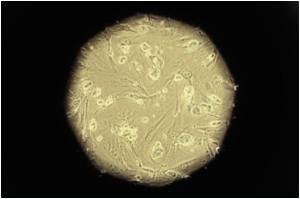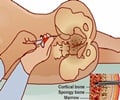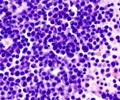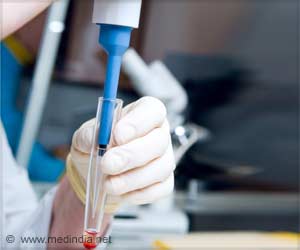Researchers have identified an essential molecule for establishing blood stem cells in their niche within the bone marrow.

"Robo4 is a rare molecule that is found only in hematopoietic stem cells and in the endothelial cells of blood vessels," said Camilla Forsberg, an assistant professor of biomolecular engineering in the Baskin School of Engineering at UC Santa Cruz. After earlier work in her lab showed that Robo4 is specific for hematopoietic stem cells, Forsberg set out to discover how it functions.
The discovery that the cells need Robo4 to stay in the bone marrow has potential therapeutic implications. An increasingly common alternative to traditional bone marrow transplants (which require anesthesia for the bone marrow extraction) involves harvesting hematopoietic stem cells from the blood. Repeated injections of drugs are needed to get the stem cells to leave the bone marrow and enter the bloodstream so that they can be collected with a blood draw. A drug that blocks Robo4 could be a safer and more effective way to do this, Forsberg said.
"If we can get specific and efficient inhibition of Robo4, we might be able to mobilize the hematopoietic stem cells to the blood more efficiently," she said. "We're already working on that in the second phase of the project."
Robo4 acts as an adhesion molecule, interacting with other components of the bone marrow to bind the stem cells into their proper niche. Forsberg's lab is trying to find out what molecules bind to Robo4, which could lead to a better understanding of that niche. While other types of stem cells are routinely grown in petri dishes, hematopoietic stem cells are very difficult to grow in the lab. They seem to require the bone marrow environment to function properly, and Forsberg's research might enable researchers to recreate that environment in a petri dish.
Other molecules besides Robo4 are also known to be involved in guiding the localization of hematopoietic stem cells in the bone marrow. Forsberg's results indicate that one of these, called Cxcr4, acts together with Robo4 to retain hematopoietic stem cells in the bone marrow. But the two molecules appear to act through different molecular mechanisms. Inhibition of both molecules may be the best way to achieve efficient mobilization of hematopoietic stem cells, Forsberg said.
Advertisement















